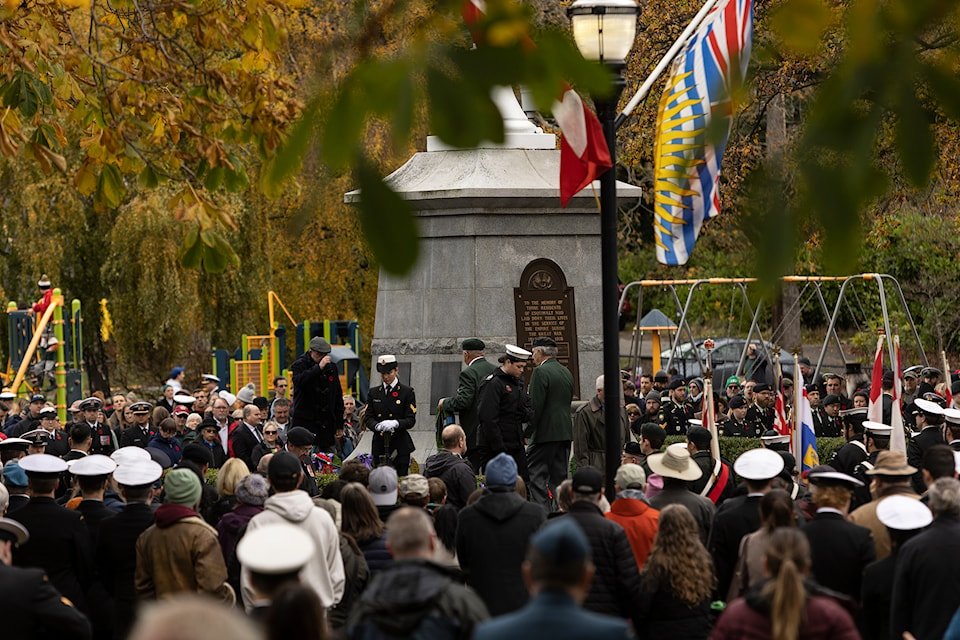The 33rd annual Peacekeepers Memorial Parade will take place at Esquimalt Memorial Park on Saturday, August 9, at 7 p.m. This event pays tribute to Canadian Armed Forces members, veterans, police, and civilians who have served in peace support operations around the world.
August 9 is a significant date in Canadian peacekeeping history. It marks the deadliest single day for Canadian peacekeepers, when nine members of the Canadian Forces died in 1974 after their Buffalo aircraft was shot down over Syria. Syrian forces reportedly mistook the plane, marked with white and blue UN colours, for an Israeli fighter jet.
Since 1948, more than 125,000 Canadian Armed Forces members have participated in international peacekeeping missions across dozens of countries. According to Veterans Affairs Canada, about 125 peacekeepers have lost their lives in these operations. Many others have returned with injuries or mental health challenges, some with lasting effects.
Peace support has not only involved military personnel. Over 4,000 officers from the Royal Canadian Mounted Police and various Canadian municipal police forces have joined United Nations missions. Thousands of diplomats and civilians have also played vital roles in these efforts, contributing to peace and stability worldwide, noted Lt. Cmdr. (ret) Gerald Pash.
The importance of honoring peacekeepers was recognized early in British Columbia. In 1993, B.C. became the first jurisdiction to declare a Memorial Day dedicated to remembering those who died serving peace.
This year’s event in Esquimalt is organized by the BC Veterans Remembrance Association alongside Canadian Forces Base Esquimalt. Key attendees include Capt. (N) Kevin Whiteside, Commander of Canadian Forces Base Esquimalt, as well as representatives from federal, provincial, and municipal governments and veteran organizations.
The ceremony will include reciting the names of the fallen peacekeepers, followed by a moment of silence. Dignitaries will then place poppies on a wreath at the cenotaph as a sign of remembrance.
Veterans and others who have served in peace operations are encouraged to wear their blue or orange berets, symbols of their service.
Lt.-Col. (ret) Paul Paone emphasized the ceremony’s broader meaning. “We are not only remembering those who have died in operations,” he said. “We also remember those whose experiences contributed to their later deaths or whose service ended prematurely, regardless of cause or mission, whether at home or abroad.”
This parade stands as a reminder of the sacrifices made by Canadian peacekeepers and the ongoing importance of their work.

